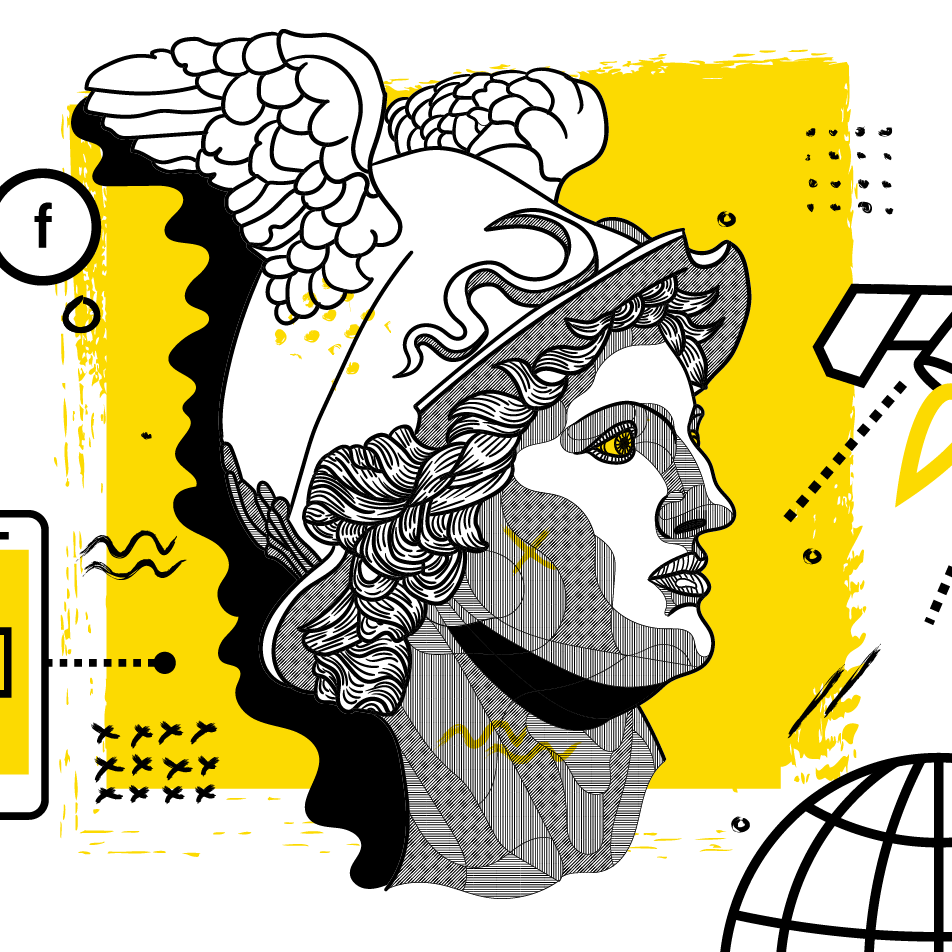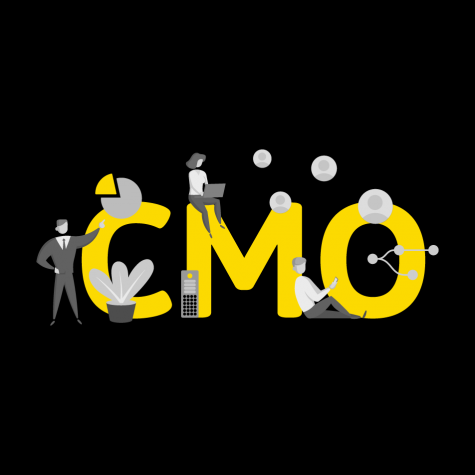We grow by sharing our experience, knowledge and expertise/

The CMO of Today and Into the Future: How Digital Can Be Both a Blessing and a Curse
The traditional role of the CMO was to create awareness about brands and products through several offline communication channels.
Traditionally, in order to accomplish this, CMOs have been focusing on the creation of communication campaigns distributed through above the line and below the line media. CMOs were responsible for ensuring consistency of brand image across all media with the eventual aim of driving market shares and sales
However, with the dawn of digital advertising, the traditional role of the CMO has been constantly changing.
How Technology & Digital Marketing Have Been Changing the Game
Compared to their traditional roles, CMOs are now responsible for a growing number of functions. They are viewed within the organization as the representative of the customer, rather than a representative of a brand.
1. Communication at Many Different Touchpoints
The explosion in technology and digital media has changed the way consumers communicate. For CMOs to stay relevant – and keep their brands relevant – they must be able to meet consumers on the platforms they prefer to communicate. If the CMO has any hope to influence the consumer decision, they must be ahead of the technological curve and be able to meet their audience where they spend the most time.
2. Marketing to Drive Sales Directly
In many industries, digital platforms have blurred the lines between marketing and sales. Consumers can buy directly from a website or app. Rather than just existing as a marketing tool, a website or app has now become the place where consumers make purchases. Therefore, marketing teams can drive sales directly, rather than focusing only on building brand awareness.
3. Consistent Content Creation is Necessary
Keeping a consistent brand image across the different digital channels demands consistent content creation. Content creation needs to be aligned with brand values, product benefits, and brand story. Exceptional creative teams, content creation at scale, and digital advertising all help a brand stay ahead of their competition. A well thought and timely executed content strategy can ensure a brand’s success. The CMO must be able to guide a brand through this journey.
4. Opportunity for International Expansion
Previously, it would have been capital intensive to attempt to penetrate new markets with large scale above the line campaigns. However, digital marketing makes campaigning in international countries a lot easier. Therefore, the CMO is now also forced to balance international with local objectives.
The Future of the CMO: A Blessing or a Curse?
As we move into the future and technology continues to advance, new consumer behaviors will emerge. Trends, like purchasing from voice assistants, using smart appliances, and having ubiquitous internet access, will continue to provide an opportunity to the forward-thinking CMO.
To effectively capitalize on emerging trends, the CMO of the future will be responsible for:
- Representing the voice of the customer: The CMO will be able to provide deep insights into consumer behavior. They will be tasked with leading innovative projects that can keep businesses competitive.
- Building Exceptional Customer Experiences: Not only will the CMO have to become a master storyteller to lead content creation activities, but they will also be called on to help craft the customer experience. The CMO will be able to leverage their deep insight about consumer behavior to craft experiences that keep the brand consistent across channels.
- Spearheading Growth Projects: The CMO will be responsible to spearhead growth initiatives to bring in more direct sales from the web. Additionally, they will oversee driving international growth to build global brands.
All these responsibilities can be thought of as a blessing or a curse. The new breed of CMO will be required to be digitally savvy, innovative, creative, good with numbers, and eager to understand data. A new type of CMO must be comfortable with handling complexity. They must also be able to pick the right partners to help them strategize and execute a wide agenda.
As CMOs are busy upgrading their skills, there will be plenty of other professionals who will seek to take on some of the CMOs responsibilities:
- Chief Technology Officer: Will try to lead the innovation agenda.
- Chief Digital Officer: Will try to claim the digital agenda.
- Content Creators: Will gain leverage as in-house content creation departments develop.
- New Roles: Customer Experience Officer, Chief Customer Officer and more will try to encroach on the role of the CMO.
The CMO of Today and Into the Future
The role of the CMO will continue to go through innumerable changes as the world evolves. However, the significance of the CMO will increase in all organizations. As no person can be an expert in every field, the successful CMOs of the future will be the ones who set up competent teams to ensure their success.




